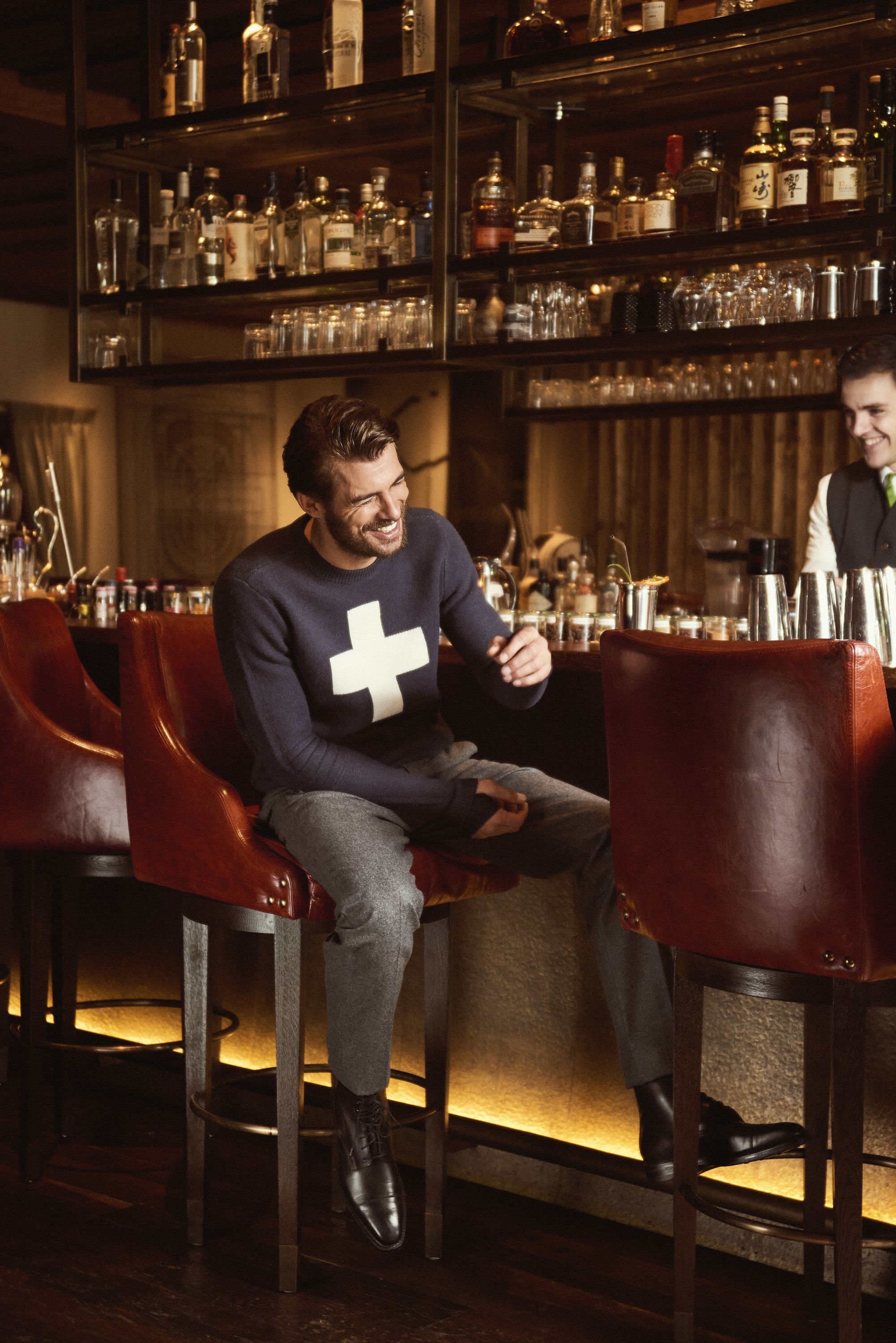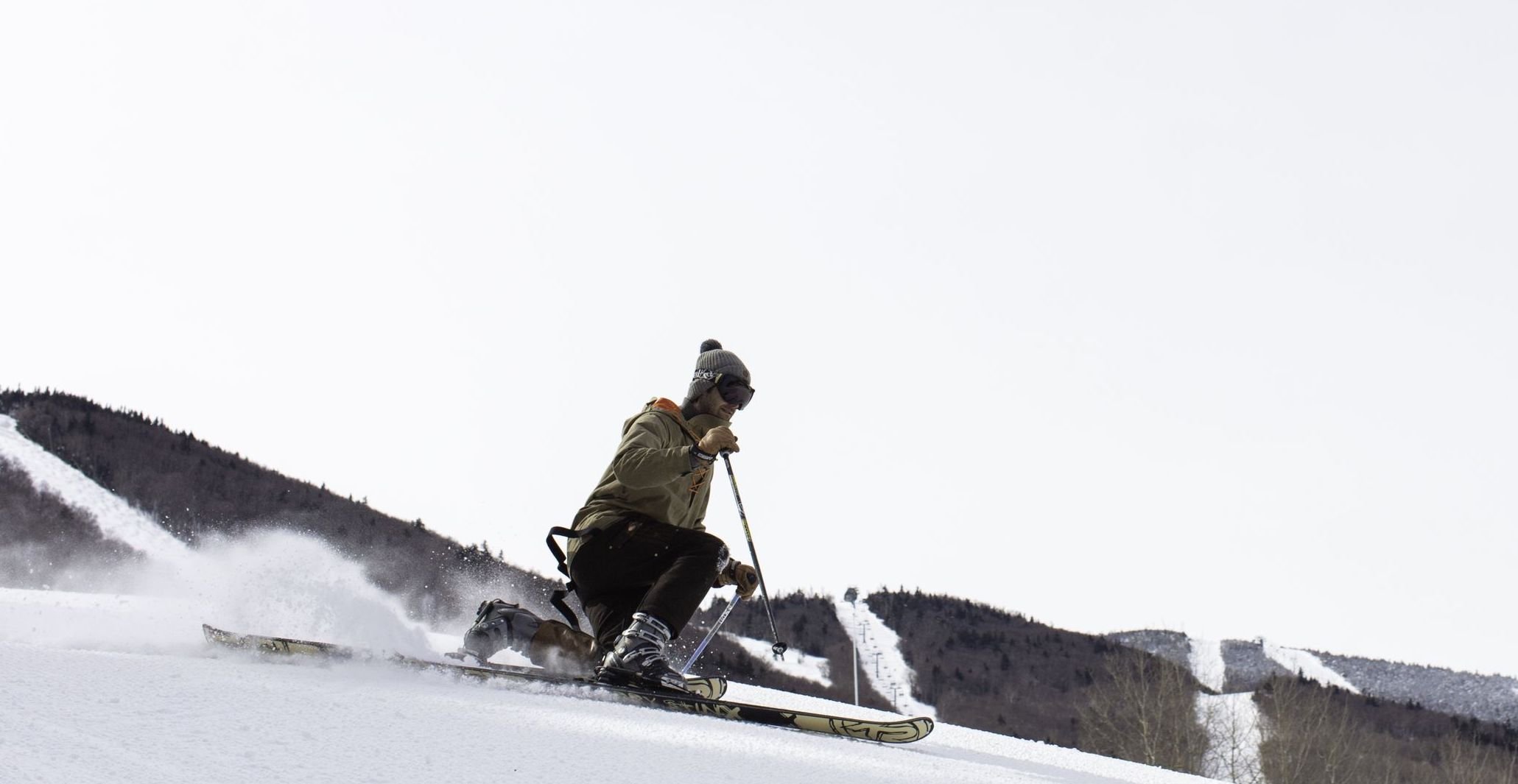The Highland Bavarian Lodge: A Forgotten Temple of Skiing Tradition

Nestled in the quiet seclusion of Michigan USA’s Northwoods, far from the steep glacial spines of the Alps or the high bowls of the Rockies, there once stood a lodge that echoed with the footsteps of skiing royalty. The Highland Bavarian Lodge, with its pitched rooflines, hand-hewn timbers, and European spirit, was more than just a building—it was a beacon of alpine tradition on American soil, a rarefied outpost for mountain gentlemen and early winter sports enthusiasts in a time when skiing in the United States was still young, still forming its identity.
Constructed in 1938 by Lowell Thomas, the famed radio broadcaster, journalist, and passionate skier, the Highland Bavarian Lodge was born of bold vision and Old World sensibility. Thomas, along with fellow adventurer and ski enthusiast Dr. Carroll “Doc” Reed, envisioned an American alpine experience that mirrored the golden age of skiing abroad—a place that could offer not just slope access, but the full expression of alpine culture: tradition, elegance, camaraderie, and sport.
Set in the shadow of Sugarloaf Mountain near Marquette, Michigan, the lodge was inspired by the mountain huts and rustic hotels of Bavaria and Austria. Its interiors boasted timbered beams and broad hearths. Handwoven rugs warmed the feet of guests who gathered around roaring fireplaces, sharing brandy and stories beneath the mounts of elk and stag. The air was scented with pine, leather, and pipe smoke. Outside, guests strapped on wooden skis fitted with Kandahar bindings and traversed the forested trails—many of which they blazed themselves—often guided by European instructors brought over for the winter season.
It was a singular kind of skiing. One not defined by vertical feet or terrain parks, but by style and immersion. At the Highland Bavarian Lodge, skiing was an act of elegance. Guests dressed the part: gabardine trousers, knit sweaters, waxed jackets. Days on snow were followed by evenings of conversation, reading, and the occasional waltz played on a portable phonograph. There were no ski lifts in the early days—only rope tows and stamina. The reward was not speed or competition, but a sense of belonging to something rare and refined.
In many ways, the Lodge marked a turning point. It was one of the first efforts in America to replicate the full experience of the European ski club—of the Berghütte and Gasthaus. The Highland Bavarian was not simply an inn or lodge, but a community hub, attracting figures like Ernie McCulloch, Otto Lang, and other early influencers of American skiing. It became a winter refuge for artists, adventurers, and intellectuals—a place where ideas were shared and the spirit of the Alps found American expression.
But like many monuments to elegance, the Highland Bavarian Lodge could not outrun time. War came to Europe and reshaped the priorities of the American public. Recreational skiing boomed in the 1950s and 60s, but increasingly leaned toward commercial resort development. Lift lines replaced woodsmoke. The mountain gentleman gave way to the weekend warrior. And in the tide of this change, the Highland Bavarian Lodge faded into obscurity—its legacy preserved only in yellowed photographs, handwritten letters, and the memories of those lucky enough to have known its firelit charm.
Today, almost nothing of the original lodge remains. Its grounds are quiet, overgrown. The pine forests have reclaimed much of what man made. Yet its spirit lingers, whispered in the wind through the trees, remembered by a select few, and revered by those who seek the alpine ideal not merely in elevation or snowfall, but in tradition, taste, and a time when skiing was a gentleman’s pursuit.
At Alps & Meters, we find inspiration in such places. In the hidden histories and nearly-forgotten outposts of alpine sport that remind us that skiing was never just about snow. It was about culture, character, and craft. The Highland Bavarian Lodge, though gone, lives on as a symbol of that refined tradition—a testament to the fact that alpine values, like snow on the Northwoods, may melt away, but are never truly lost.










